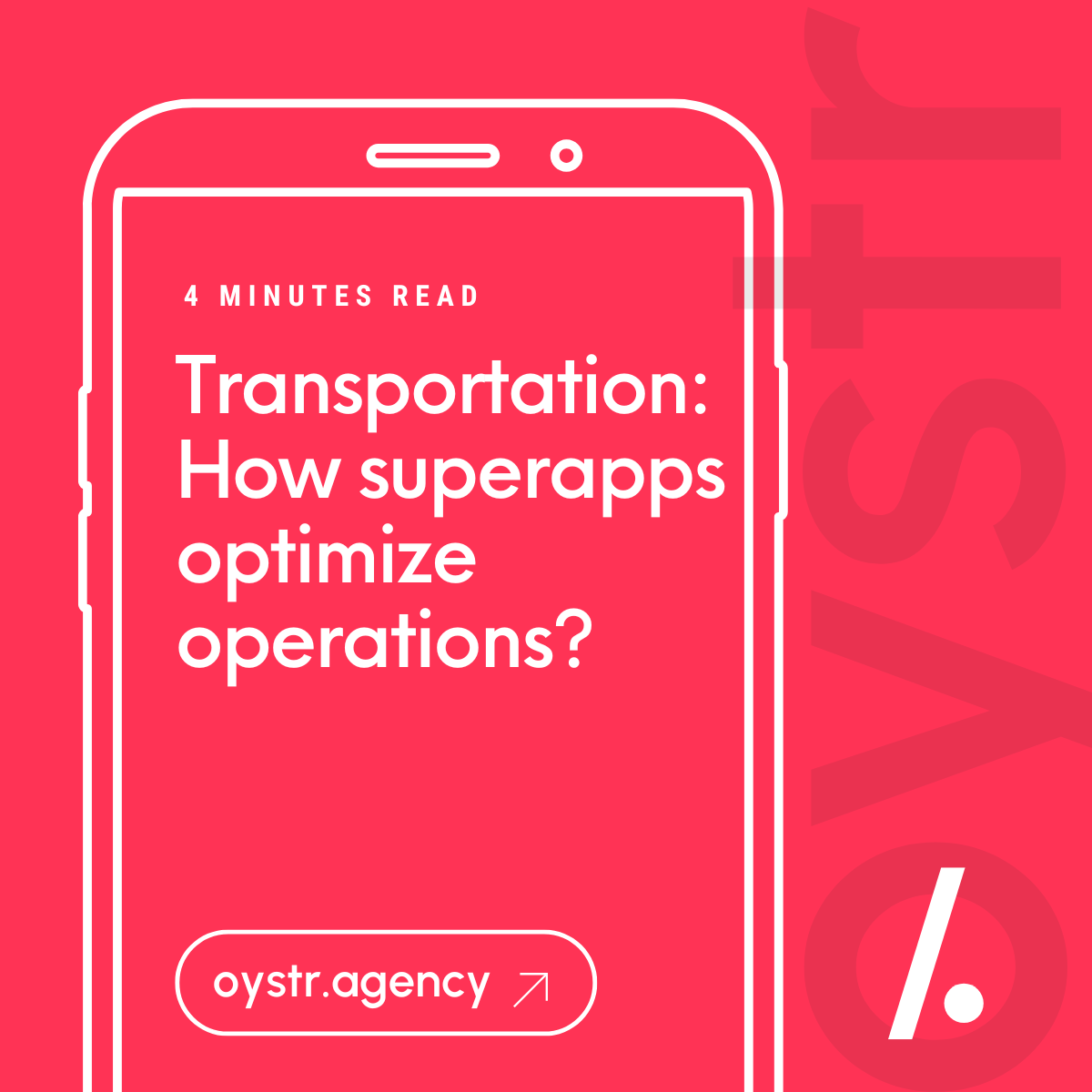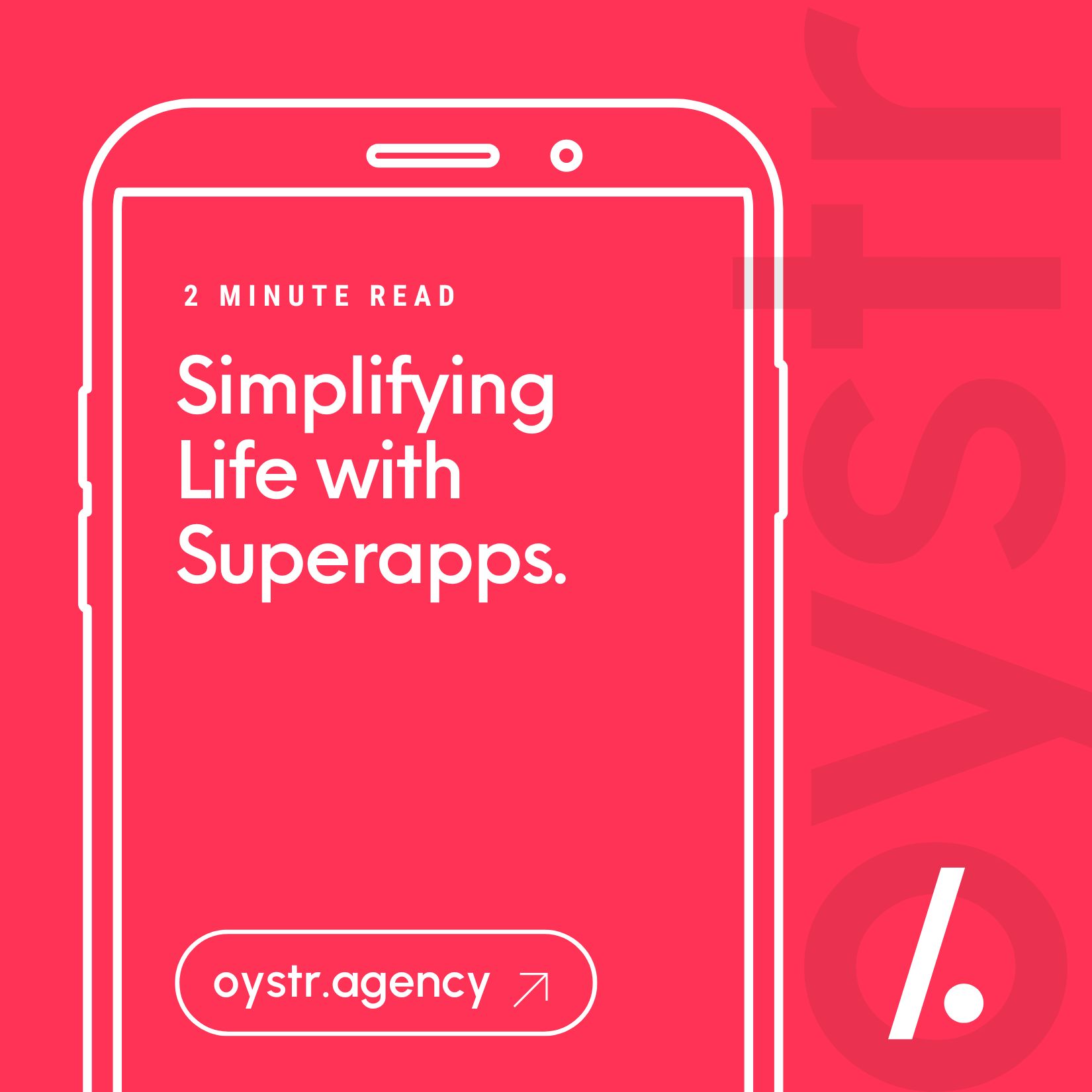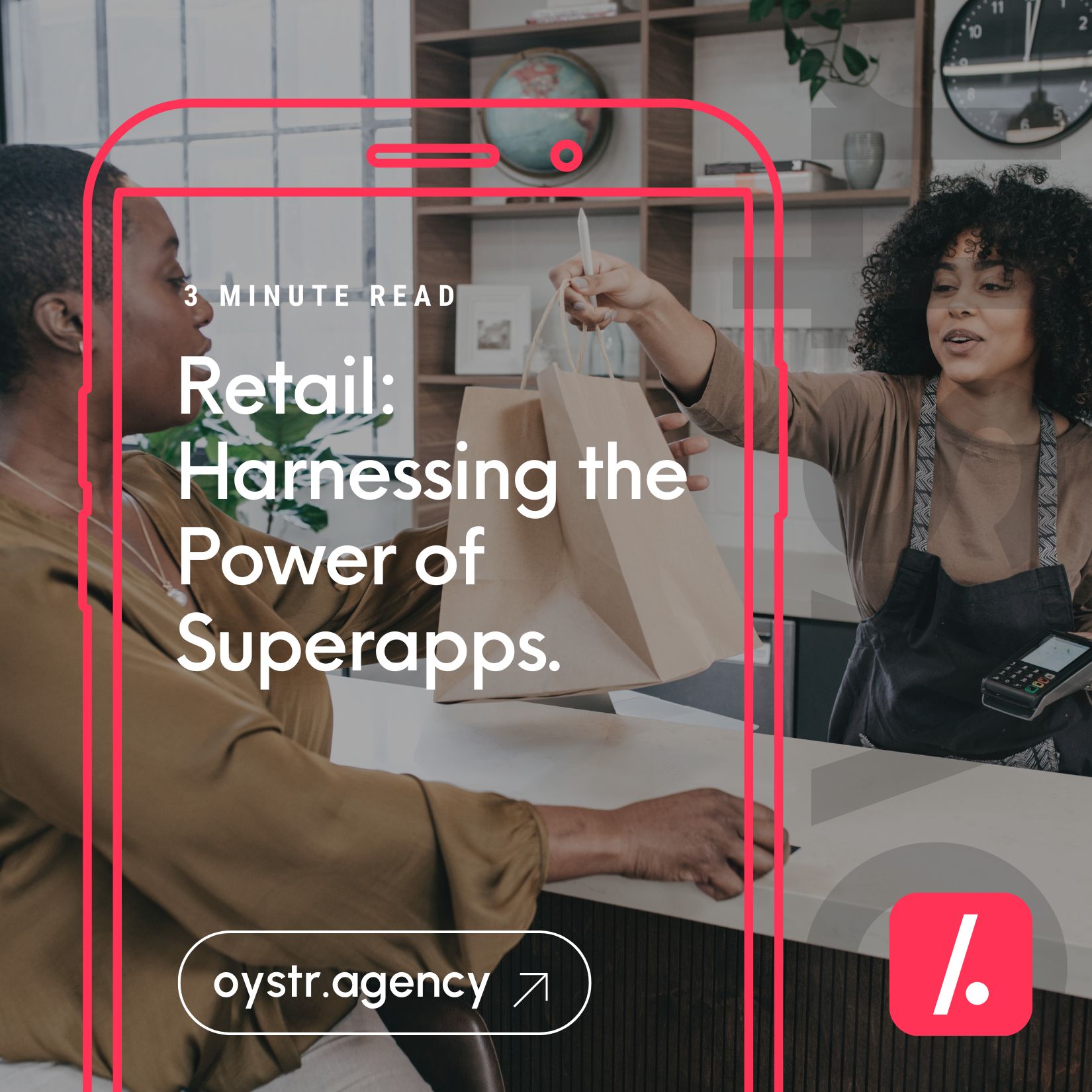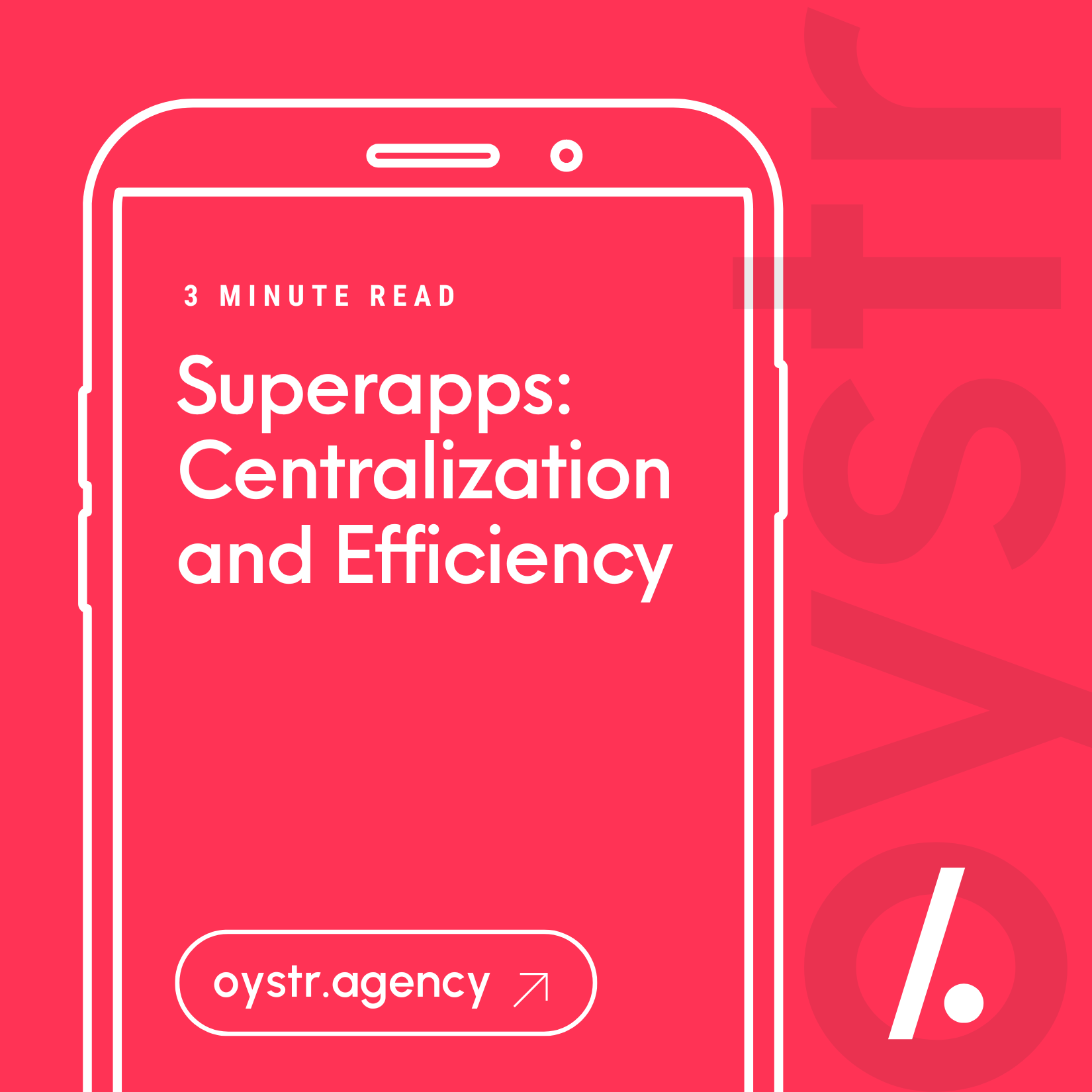In the rapidly evolving urban landscape, efficient transportation is crucial for any thriving city. Superapps have emerged as a groundbreaking solution, optimizing transportation systems through seamless integration and innovative features. Here’s a comprehensive case study using the example of a fictitious city, CityX, to illustrate how superapps can revolutionize transportation.
Background
CityX, a bustling metropolis, faced significant transportation challenges: congested roads, unreliable public transit, and fragmented mobility services. The city needed a holistic solution to streamline its transportation network and enhance the commuting experience for its residents.
Step-by-Step Implementation
1. Comprehensive Needs Assessment
The project began with an in-depth assessment of CityX's transportation landscape:
- Surveys and Focus Groups: Engaging residents to understand their pain points and preferences.
- Data Analysis: Studying traffic patterns, public transit usage, and service gaps to identify key areas for improvement.
2. Integration of Services
A crucial element of the superapp was the seamless integration of various transportation services:
- Public Transit: Real-time schedules, route optimization, and e-ticketing for buses and trains.
- Ride-Hailing: Integrating booking for taxis and ride-sharing services.
- Bike and Scooter Sharing: Offering easy access to micro-mobility options with real-time availability.
- Parking: Providing a system to find and reserve parking spots in advance.
3. User-Centric Features
To ensure an exceptional user experience, the superapp included several innovative features:
- Personalized Recommendations: AI-driven suggestions based on user preferences and travel history.
- Multi-Modal Journeys: Allowing users to combine different modes of transport for the most efficient route.
- Cashless Payments: A unified payment system for all services, simplifying transactions for users.
4. Data-Driven Optimization
Continuous data collection and analysis were vital for ongoing optimization:
- Predictive Analytics: Using historical data to forecast demand and manage resources effectively.
- Dynamic Pricing: Adjusting prices based on real-time demand to balance supply and demand.
- Feedback Loops: Regularly gathering user feedback to improve the app’s features and functionality.
Results and Impact
The implementation of the superapp brought significant improvements to CityX’s transportation system:
- Reduced Congestion: A 25% decrease in road congestion during peak hours.
- Increased Public Transit Usage: A 30% rise in public transit ridership.
- Higher User Satisfaction: 90% of users reported a significant improvement in their daily commute.
- Environmental Benefits: A 15% reduction in carbon emissions due to optimized transport options.
Future Plans
Encouraged by these results, CityX plans to expand the superapp’s capabilities:
- Integration with Logistics: Streamlining last-mile delivery services to further reduce traffic.
- Smart Infrastructure: Utilizing IoT devices for real-time traffic management and smart city initiatives.
- Regional Expansion: Extending the superapp to neighboring cities to create a cohesive regional transportation network.
Conclusion
Superapps are revolutionizing urban transportation by providing a unified, efficient solution to complex mobility challenges. The success story of CityX demonstrates how strategic implementation of a superapp can transform transportation systems, enhancing both efficiency and user satisfaction.
Interested in optimizing transportation with superapps? Let’s discuss how your city can benefit from this innovative technology.




